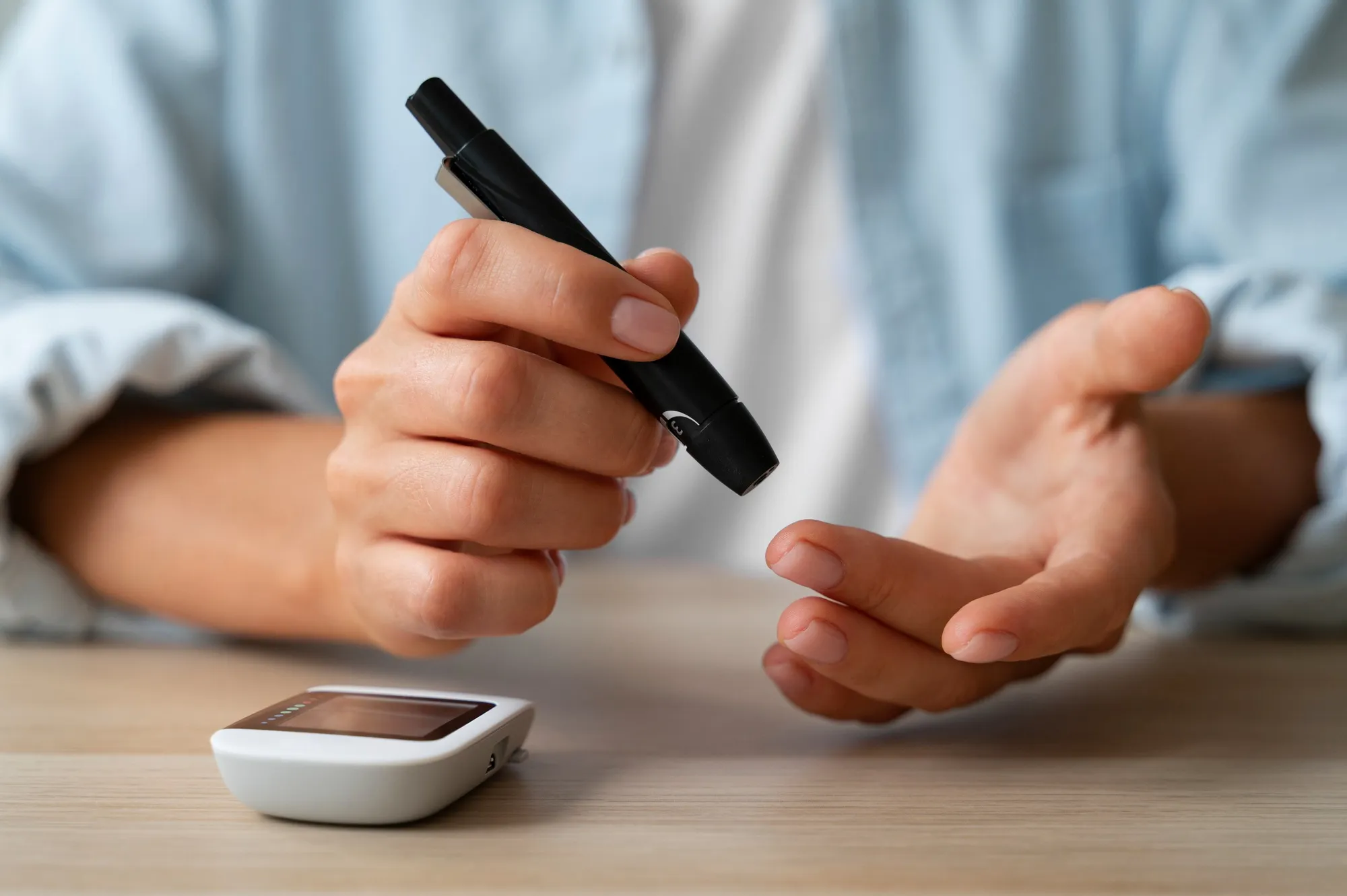Diabetes management has undergone a revolutionary transformation with the introduction of a promising new tool in the form of an exceptionally flexible and sensitive wearable electrochemical glucose sensor. Scientists have published a breakthrough study in the ‘Analytica Chimica Acta’ that describes the creation of this sensor that leverages the unique properties of mushroom-like gold nanowires to provide non-invasive and continuous blood sugar monitoring, a potential game-changer for millions of diabetic patients globally.
The devastating repercussions of unrestrained blood sugar levels, such as blindness, renal failure, and cardiovascular diseases, heighten the necessity for more precise trackers of glucose levels. With diabetic patients facing serious long-term health issues, timely and accurate monitoring of glucose is not just beneficial; it could be life-saving.
A Technological Marvel in Glucose Sensing
The sensor, detailed in the journal volume 1288 (February 2024), has been developed by a team of researchers led by Zhou Fan from the Xi’an University of Technology. This innovative work centers around vertically aligned mushroom-like gold nanowires (v-AuNWs) which are chemically grown on a stainless steel wire sieve (SSWS), resulting in an integrated electrode system that boasts supreme flexibility and outstanding electro-catalytic capabilities.
The researchers have quantified the sensor’s impressive performance metrics: it exhibits an ultra-rapid response towards glucose within 5 seconds. Notably, the sensor built with v-AuNWs developed over 15 minutes of growth time achieves the highest sensitivity of 180.1 µA mM^-1 cm^-2, setting a new standard for the sensitivity of glucose detection.
Engineered for Excellence
The utilization of mushroom-like gold nanowires is a strategic choice by the researchers, as the nanostructures’ large surface area and excellent catalytic properties significantly enhance the reaction area for glucose detection. This morphology facilitates more effective electron transfer and greater exposure to glucose, culminating in expedited and more precise electrical signals corresponding to glucose concentration.
This sensor’s unprecedented flexibility is primarily attributed to the stainless steel wire sieve base, granting it the malleability needed for wearable applications while maintaining the structural integrity necessary for consistent performance. This adaptation paves the way for the sensor to be worn comfortably and unobtrusively by patients in their day-to-day lives.
Ensuring Accuracy and Longevity in Glucose Monitoring
One of the formidable challenges of diabetes management is maintaining accurate and consistent glucose monitoring. Fluctuating glucose levels that go unchecked can lead to significant health complications. The advancements in this sensor provide a potentially revolutionary method for diabetic patients to manage their condition. Its rapid response time, paired with high sensitivity, ensures that users receive immediate feedback on their glucose levels, allowing for swift intervention if required.
The Future of Diabetes Care
This sensor represents an impressive stride forward in wearable health technology. Its compatibility with the human body and the non-invasive nature of glucose detection mean it could offer an alternative to the finger-prick tests that many diabetic patients find uncomfortable and inconvenient.
The research team’s innovative sensor design does not end with its current capabilities. Plans for implementing data transmission features and integrating this wearable technology with smartphones and smartwatches are underway. The goal is to develop a fully connected, real-time monitoring ecosystem for glucose levels that could greatly facilitate the management of diabetes.
The Road Ahead
Scientists worldwide salute the progress represented by this sensor. It is a testament to the convergence of materials science, bioengineering, and medical need. With clinical trials and potential commercialization on the horizon, this sensor is poised to make an indelible impact on how diabetes is managed in the future.
The sensor is documented in the publication with the DOI: 10.1016/j.aca.2023.342148 and can be referenced in the ‘Analytica Chimica Acta’ with the identifier S0003-2670(23)01369-7.
Keywords
1. Wearable glucose sensor
2. Non-invasive glucose monitoring
3. Gold nanowires in health care
4. Diabetic management technology
5. Electrochemical glucose analysis
References
1. Zhou, F., Liu, S., Tang, Y., Li, W., Hai, L., Zhang, X., Li, Y., & Gao, F. (2024). Wearable electrochemical glucose sensor of high flexibility and sensitivity using novel mushroom-like gold nanowires decorated bendable stainless steel wire sieve. Analytica Chimica Acta, 1288, 342148. https://doi.org/10.1016/j.aca.2023.342148
2. Jia, W., Wang, K., & Xu, B. (2022). Advances in wearable glucose monitoring systems: A review. Sensors and Actuators Reports, 3(100032). https://doi.org/10.1016/j.snr.2021.100032
3. Gao, W., Emaminejad, S., Nyein, H.Y.Y., Challa, S., Chen, K., Peck, A., Fahad, H.M., Ota, H., Shiraki, H., Kiriya, D., & Javey, A. (2016). Fully integrated wearable sensor arrays for multiplexed in situ perspiration analysis. Nature, 529(7587), 509–514. https://doi.org/10.1038/nature16521
4. Lee, H., Choi, T.K., Lee, Y.B., Cho, H.R., Ghaffari, R., Wang, L., Choi, H.J., Chung, T.D., Lu, N., Hyeon, T., Choi, S.H., & Kim, D.H. (2016). A graphene-based electrochemical device with thermoresponsive microneedles for diabetes monitoring and therapy. Nature Nanotechnology, 11(6), 566–572. https://doi.org/10.1038/nnano.2016.38
5. Imani, S., Bandodkar, A.J., Mohan, A.M.V., Kumar, R., Yu, S., Wang, J., & Mercier, P.P. (2016). A wearable chemical–electrophysiological hybrid biosensing system for real-time health and fitness monitoring. Nature Communications, 7, 11650. https://doi.org/10.1038/ncomms11650
